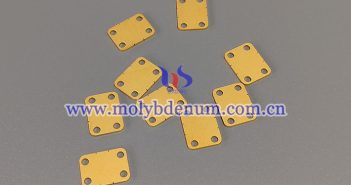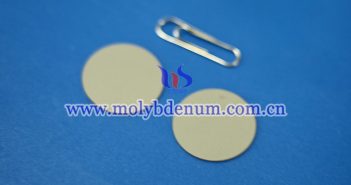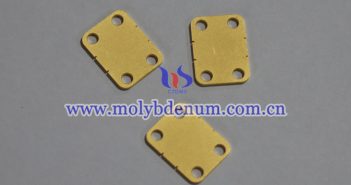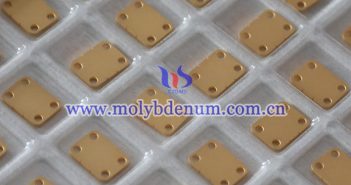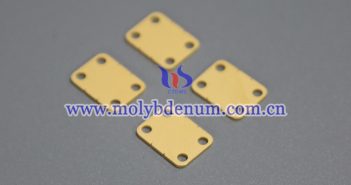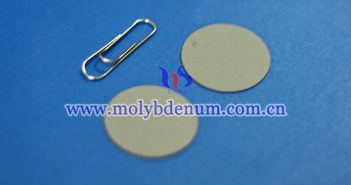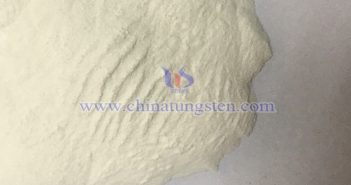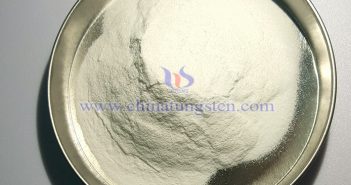
With the development of electronic devices in the direction of miniaturization, high integration and high power density, the thermal management capability of molybdenum-copper alloys is facing higher technical requirements. How to further optimize its thermal conductivity, thermal diffusivity and thermal stress control performance has become an important topic in current materials research and engineering practice. 1. Optimization of material composition and organizational structure Ingredient design The thermal conductivity and thermal expansion properties of molybdenum copper are highly dependent on its…

